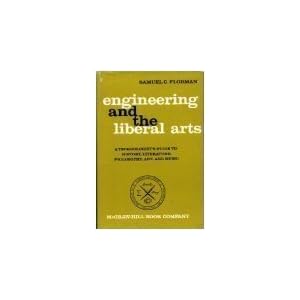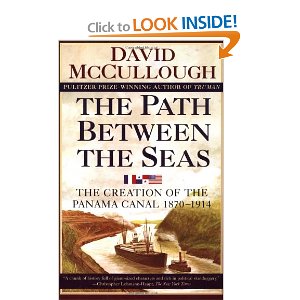5 Mentally Engaging Books that Engineers would like as Gifts
On our third installation of gifts for engineers, we present yet another guide for the confused souls who are unable to buy gifts for theirs engineer wives, husbands, friends etc. The Gifts for Engineers series is a passionate attempt at providing guidance to those who might be clueless when it comes to getting gifts for engineers.
We all know that engineers like to read. The question though is what type of books they would like. For the knowledge-seeking engineer with a desire to learn more about the profession, the following books will be a great addition to their existing collection. Most of these books are written by engineers usually addressing a social/environmental challange and how to approach its end. Others simply look at the role engineers have played thus far and what the future holds for the professions.
[tie_slideshow]
[tie_slide] Engineering and the Liberal Arts : A Technologist’s Guide To History, Literature, Philosophy, Art and Music | 
This is the first book in a new series titled McGraw-Hill Series in Continuing Education for Engineers. It gives engineers a quick refresher of the liberal arts and encourages them to explore further in this area of knowledge. Topics covered include the history of technology, the world of history, the engineer in literature, the world of literature, the world of philosophy, the fine arts, the world of music. Each of these topics is related to the engineer’s knowledge of science and technology.
[/tie_slide]
[tie_slide] The Existential Pleasures of Engineering (Thomas Dunne Book) |
Humans have always sought to change their environment—building houses, monuments, temples, and roads. In the process, they have remade the fabric of the world into newly functional objects that are also works of art to be admired. In this second edition of his popular
Price: $10.36
[/tie_slide]
[tie_slide]
To Engineer Is Human: The Role of Failure in Successful Design
|

The moral of this book is that behind every great engineering success is a trail of often ignored (but frequently spectacular) engineering failures. Petroski covers many of the best known examples of well-intentioned but ultimately failed design in action — the galloping Tacoma Narrows Bridge (which you’ve probably seen tossing cars willy-nilly in the famous black-and-white footage), the collapse of the Kansas City Hyatt Regency Hotel walkways — and many lesser known but equally informative examples.
Price: $9.88
[/tie_slide]
[tie_slide]
The Essential Engineer Why Science Alone Will Not Solve Our Global Problems
|

The Essential Engineer is an eye-opening exploration of the ways in which science and engineering must work together to address our world’s most pressing issues, from dealing with climate change and the prevention of natural disasters to the development of efficient automobiles and the search for renewable energy sources. While the scientist may identify problems, it falls to the engineer to solve them. It is the inherent practicality of engineering, which takes into account structural, economic, environmental, and other factors that science often does not consider, that makes engineering vital to answering our most urgent concerns.
Price: 23.99
[/tie_slide]
[tie_slide]
The Path Between the Seas: The Creation of the Panama Canal, 1870-1914
|

All that changed, writes David McCullough in his magisterial history of the Canal, in 1848, when prospectors struck gold in California. A wave of fortune seekers descended on Panama from Europe and the eastern United States, seeking quick passage on California-bound ships in the Pacific, and the Panama Railroad, built to serve that traffic, was soon the highest-priced stock listed on the New York Exchange. To build a 51-mile-long ship canal to replace that railroad seemed an easy matter to some investors. But, as McCullough notes, the construction project came to involve the efforts of thousands of workers from many nations over four decades; eventually those workers, laboring in oppressive heat in a vast malarial swamp, removed enough soil and rock to build a pyramid a mile high. In the early years, they toiled under the direction of French entrepreneur Ferdinand de Lesseps, who went bankrupt while pursuing his dream of extending France’s empire in the Americas. The United States then entered the picture, with President Theodore Roosevelt orchestrating the purchase of the canal–but not before helping foment a revolution that removed Panama from Colombian rule and placed it squarely in the American camp.
[/tie_slide]
[/tie_slideshow]


